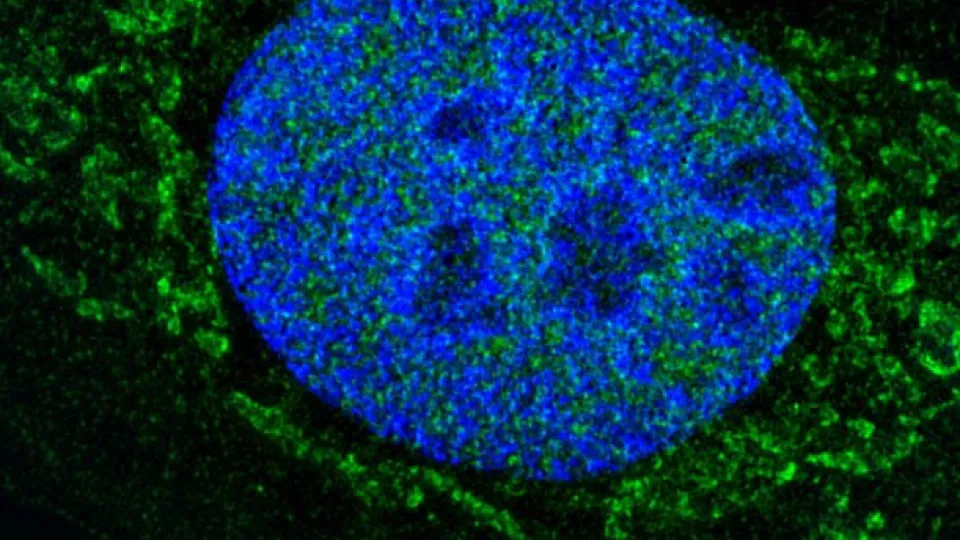“The cytoskeleton we discovered in the mitochondria functions approximately like a reinforcing mesh that helps to maintain the cell’s structure, while contributing to the stability of the various spaces within the cell. It enables various molecules to move around the cell more easily”, explains Maria Alvarado Kristensson, associate professor and researcher in molecular pathology at Lund University.
The researchers were studying the protein gamma-tubulin, which is important for the cells’ life-cycle, under the microscope when they reacted to the protein’s presence in so many different locations in the cells they were investigating.
“Gamma-tubulin is a sticky protein so some people first thought that what we were seeing under the microscope was a contamination of the samples. But that was not correct, because when we removed this protein from the cell, it died. So it could not only be a matter of contamination, but had to be something with an important function for the cell’s survival.”
What the researchers were in fact observing was the hitherto unknown cytoskeleton.
The researchers also showed that gamma-tubulin is involved in more than establishing the cytoskeleton for the mitochondria. The mitochondria also use the protein to build pathways within the cell that connect the cell’s nucleus to the interior of the mitochondria. The pathways are used to transport molecules in and out of the mitochondria, among other things.
The researchers believe that one of the functions of the gamma-tubulin is to facilitate the movement of other proteins and molecules within the membrane, movement that is necessary for the production of energy and ultimately affects the cell’s respiratory capacity.
“We already knew that gamma-tubulin plays a significant role in tumour development, and many tumours have increased gamma-tubulin values, which benefits their survival. Now, our observations of the protein’s involvement in building up the mitochondrial skeleton, without which the cell dies, could be significant in the development of new strategies against cancer”, concludes Maria Alvarado Kristensson who, together with her research team, is working to develop new drugs against cancer specifically targeted against gamma-tubulin.
Link to publication: The GTPase domain of gamma-tubulin is required for normal mitochondrial function and spatial organization´
Contact:
Maria Alvarado Kristensson, associate professor in molecular pathology, Department of Translational Medicine, Lund University
+ 46 40 33 83 91
maria [dot] alvarado-kristensson [at] med [dot] lu [dot] se (maria[dot]alvarado-kristensson[at]med[dot]lu[dot]se)
